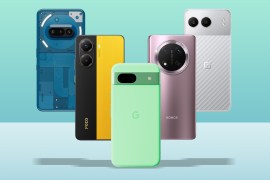8 classic phones that need rebooting
Forget Nokia’s bananaphone, these are the classic phones that need to be reborn...

We live in an age of nostalgia. The tech world isn’t averse to a little nostalgia. We’d personally like to go back to a time when MySpace Tom was our main tech mogul. Many yearn for the glory days of MSN Messenger and Habbo Hotel. Olivia Rodrigo is the new Avril Lavigne, and kids on TikTok are donning grungewear. These classic phones would fit right in – so we think a few could do with rebooting.
As we rant and reminisce, we can’t help but think of our first, classic phone. For many of us, that would have been a Nokia. Simple and indestructible, handsets like the 3310, 3210 and the N-Gage personified an era of competitive Snake and ringtones that cost you cash. Nokia has leant into this nostalgia in recent years, refreshing the 8110 banana phone in 2018 and giving the Nokia 2660, Nokia 5710, and Nokia 8210 a facelift in 2022.
It got us thinking, though. What other retro phones would we like to see revitalised? Here are just a few of our favourite mobiles are worthy of another bite of the cherry…
Nokia N93 (2006)
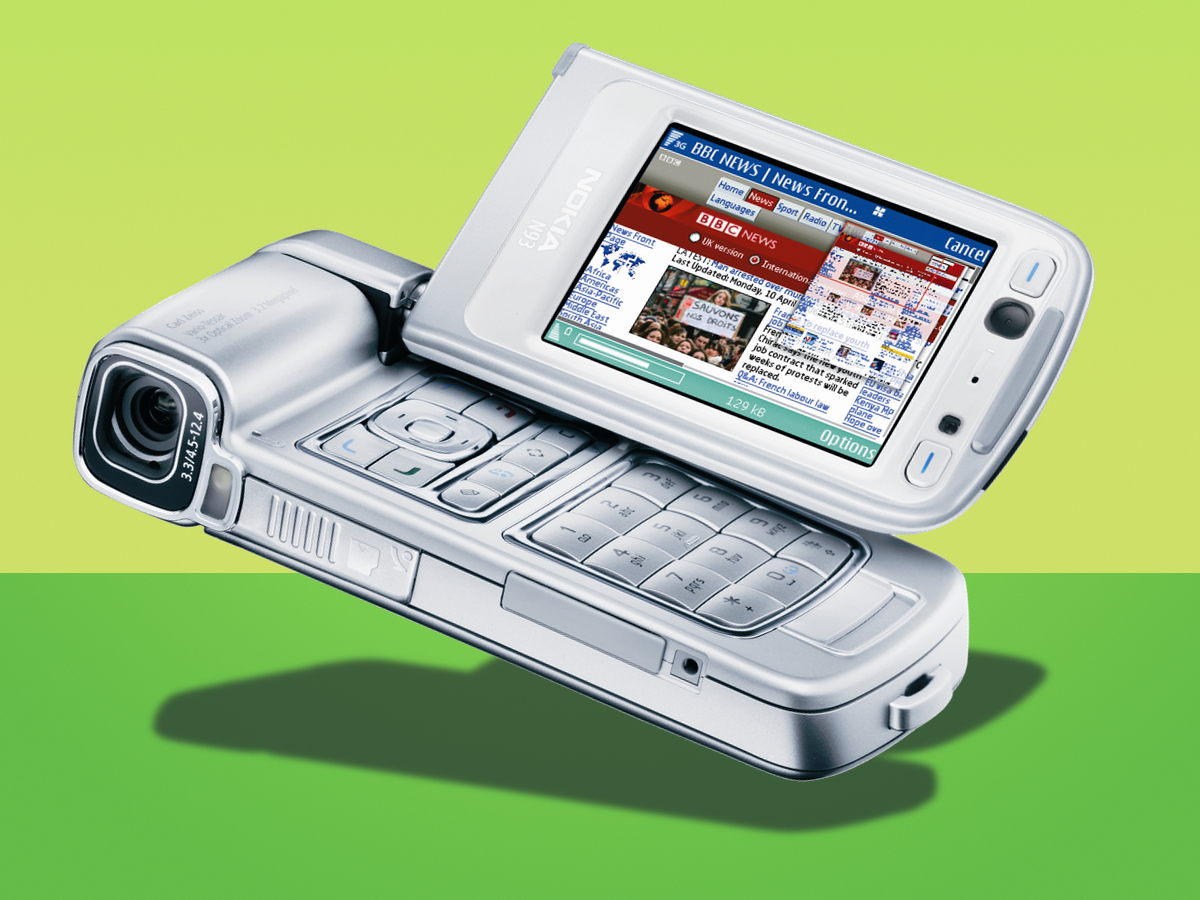
Why bring it back? Because it’s more versatile than Jess Ennis-Hill
Let’s face it: modern smartphones are a bit boring. They’re all dull black slabs that look identical. Sure, they’re more powerful than ever before, and infinitely more usable. But where’s the versatility?
In 2006, the N93 was a veritable Transformer – it could be used as a flip phone for calls, in camcorder mode for videoing, or you could slide the screen up in landscape orientation to watch a film or play a game. Which is the kind of skillset we want from a mobile.
That 3.2MP camera would need beefing up, mind. Break it out and watch the crowds gather.
LG KG800 (2006)
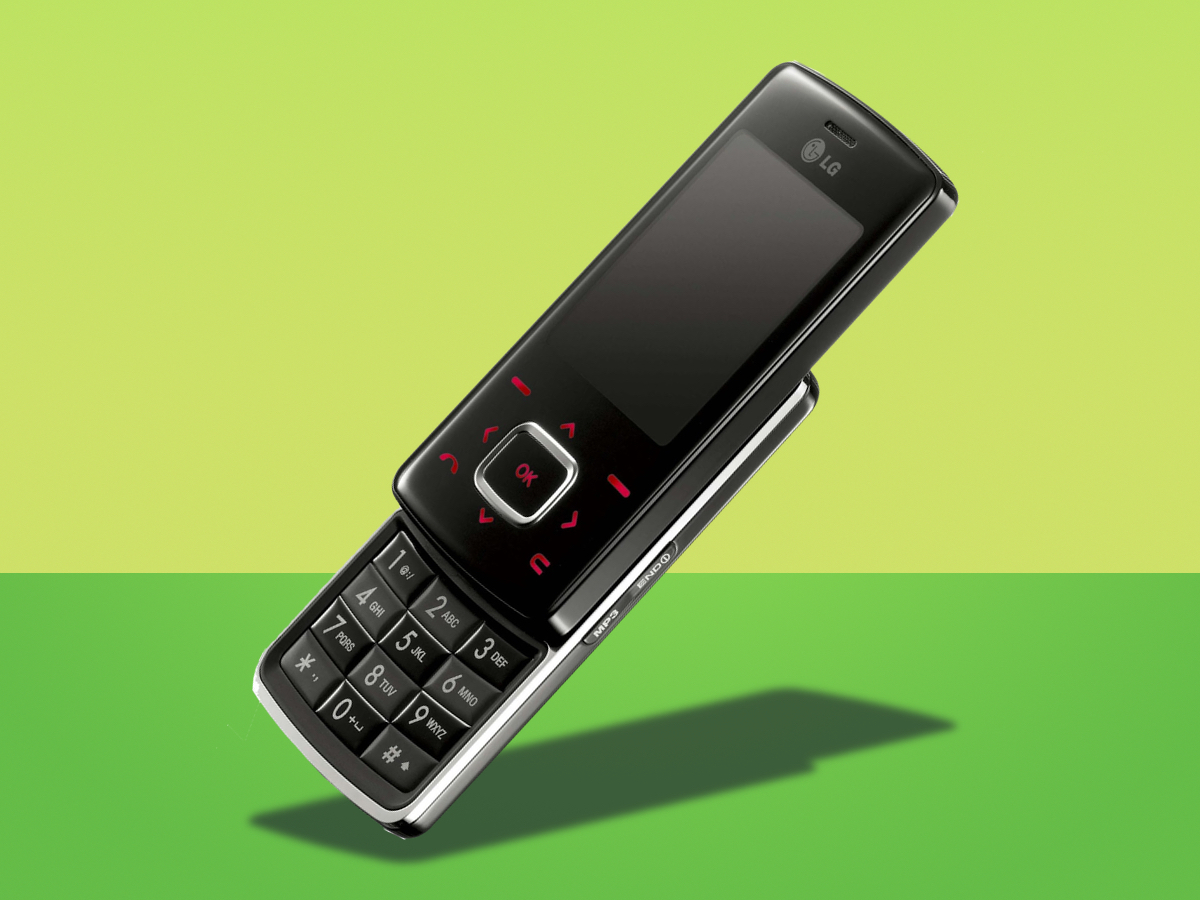
Why bring it back? For those Knight Rider-esque red lights
Its official name was the KG800, but it was branded as the LG Chocolate Phone. Why? No idea. Nothing about it had anything to do with chocolate – there was no foil wrapper, no sugary bits. It didn’t even come encased in a chocolate egg, which we would’ve liked.
But it was two years before Android launched, and started naming each version after a sweet treat, so maybe LG was onto something. We loved those glowing red lights – they were very Knight Rider. Again, nothing to do with chocolate. But definitely sweet.
Psion Series 5 (1998)
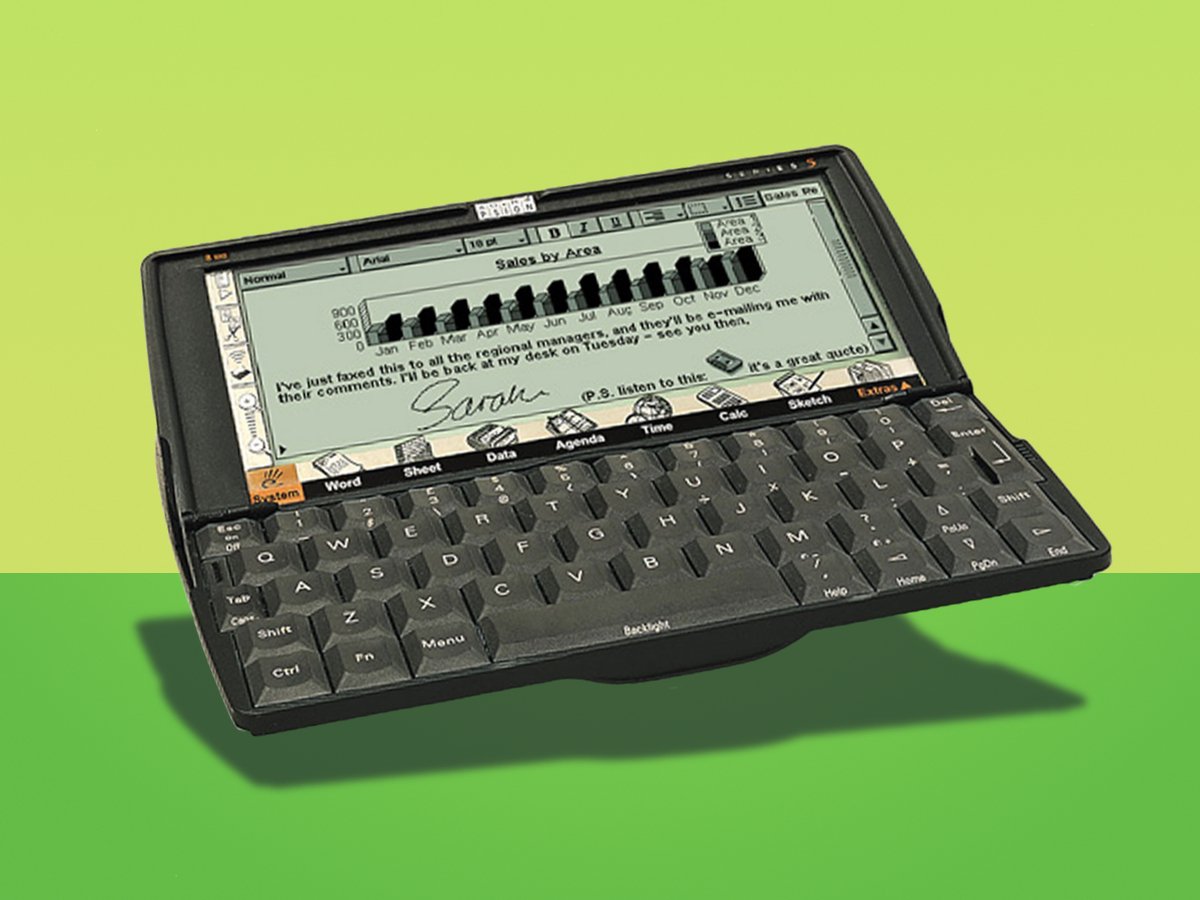
Why bring it back? It’d be our pocketable, distraction-free writing gadget.
OK, so it’s not technically a phone, so may not constitute a classic phone. But it wouldn’t take much to shove some 4G guts into a 21st century reboot of this 1995 PDA and make it the perfect, portable writing gadget.
Weighing just a third of a kilo, and small enough to fit in a jeans pocket (and not just those East 17-style baggy jeans that were so popular in the mid-90s), this was the first true pocket computer, preceding the age of smartphones by some 15 years.
It even came with a stylus, an idea which has been catching on lately. Reboot it now, and show Blackberry how QWERTY is done.
Nokia Lumia 920 (2012)
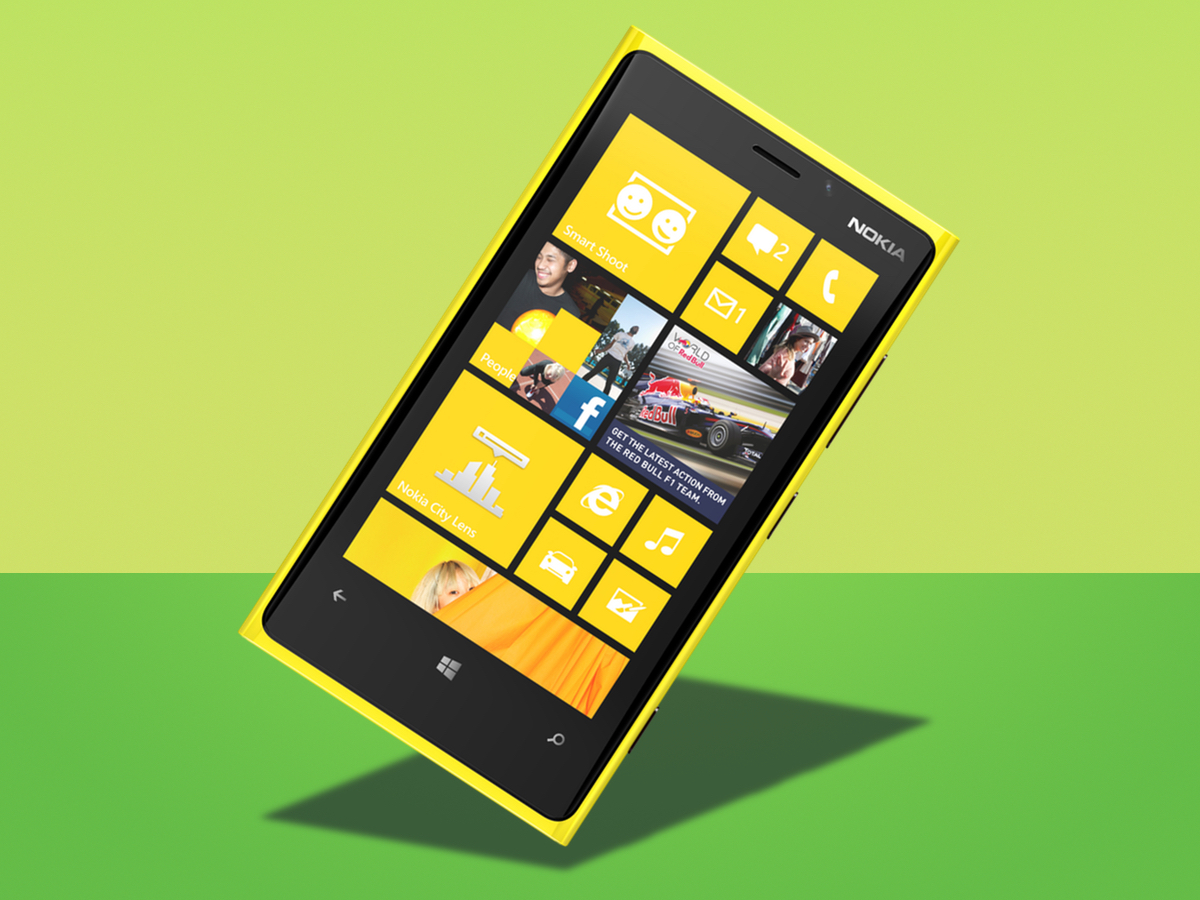
Why bring it back? One word: Colour
Before Nokia sold its phone business to Microsoft (who subsequently flogged it to HMD Global) it had a nice little run of classic phones, culminating with 2012’s Lumia 920.
This was widely seen as the first true rival to the Androids and iPhones of the day. And it had a nice colourful back to boot. The following year, Apple launched the iPhone 5C, which came in a range of similarly bright colours.
But with both lines discontinued, the smartphone world is a pretty grey place to be. Bringing the 920 back would add a much-need splash of colour.
Nokia Communicator (1996)
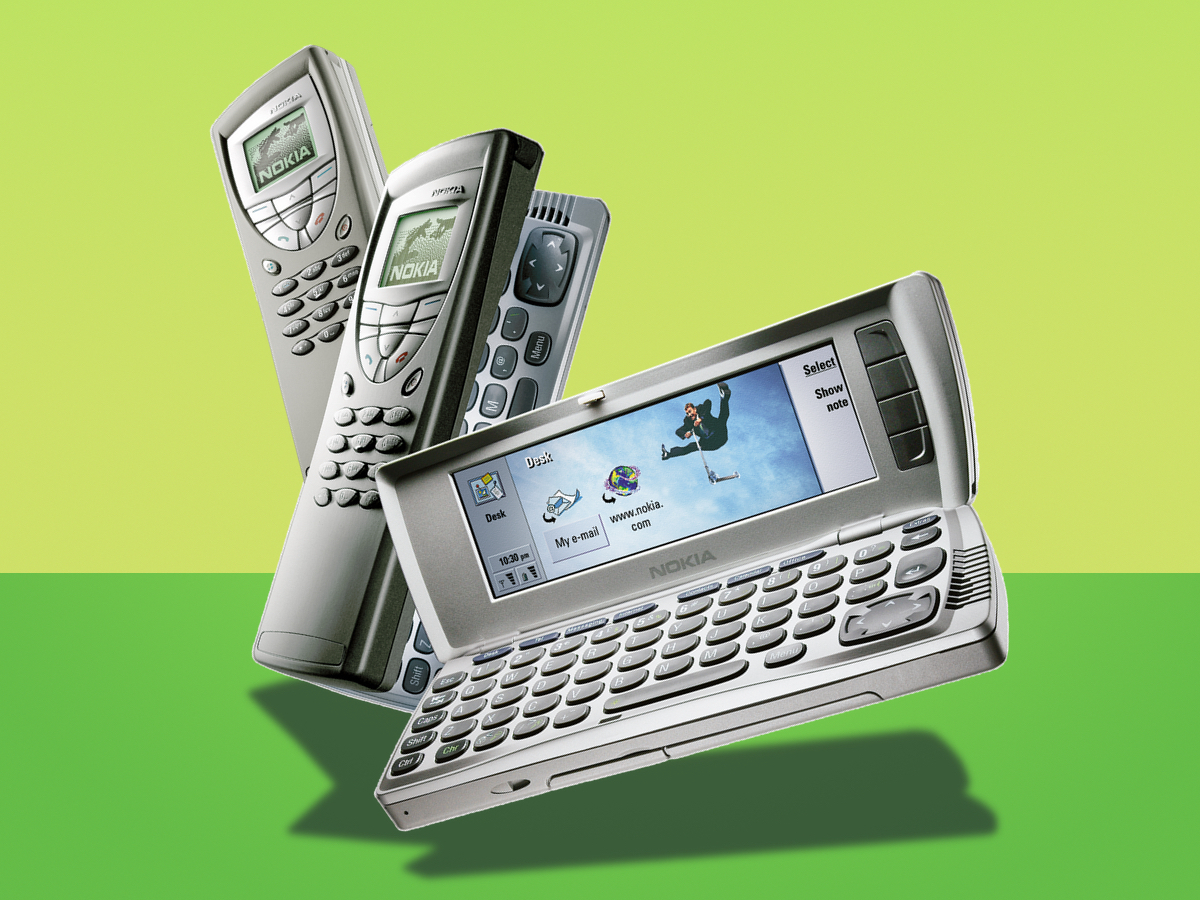
Why bring it back? Because sometimes we still yearn for that secret QWERTY keyboard
The Communicator range of bisniss-focussed smartphones launched in 1996, and lasted over a decade, finally winding down in 2007.
On the outside, they looked just like normal mobile phones, albeit rather large ones. But they were actually clamshells: once opened, they revealed a full QWERTY keyboard and second screen that was almost as big as the device’s entire footprint.
In that sense, they were like the Tardis of the classic phones world. We take email and web browsing for granted on our phones nowadays, but the Communicator was one of the first to take both seriously. And for that reason alone, it’s due a return.
Palm Pre (2009)
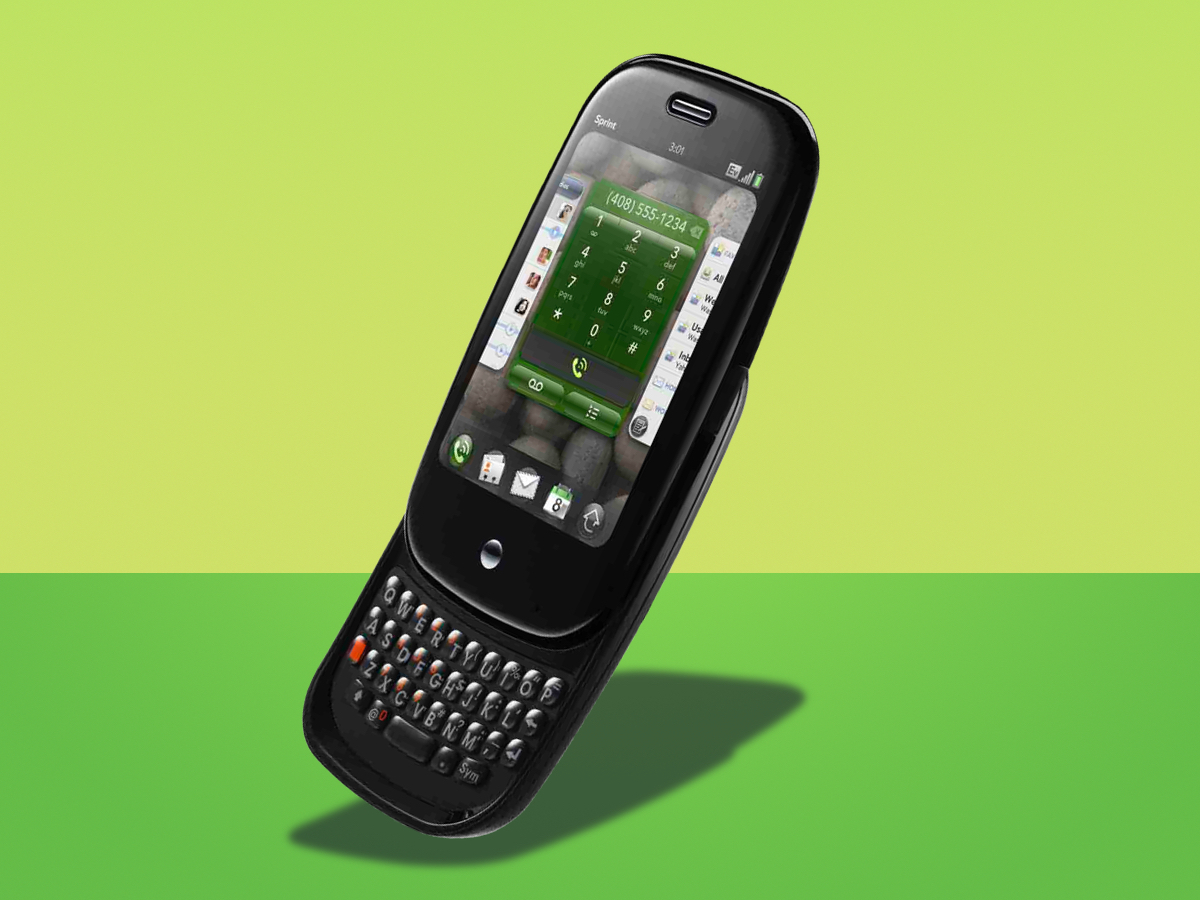
Why bring it back? Because we need some true originals
Another one that was way ahead of its time, the Pre packed wireless charging, a swipe-based user interface that replaced on-screen buttons with a gesture area, a universal search function that you could email or tweet directly from, and a settings dashboard that you swiped down to access.
This was way back in 2009, before people had started saying “there’s an app for that”. The Pre almost had too much innovation, which is exactly why we need to see it again. It’d breathe new life into a smartphone market where the different operating systems all use the same ideas.
Samsung Serenata (2007)
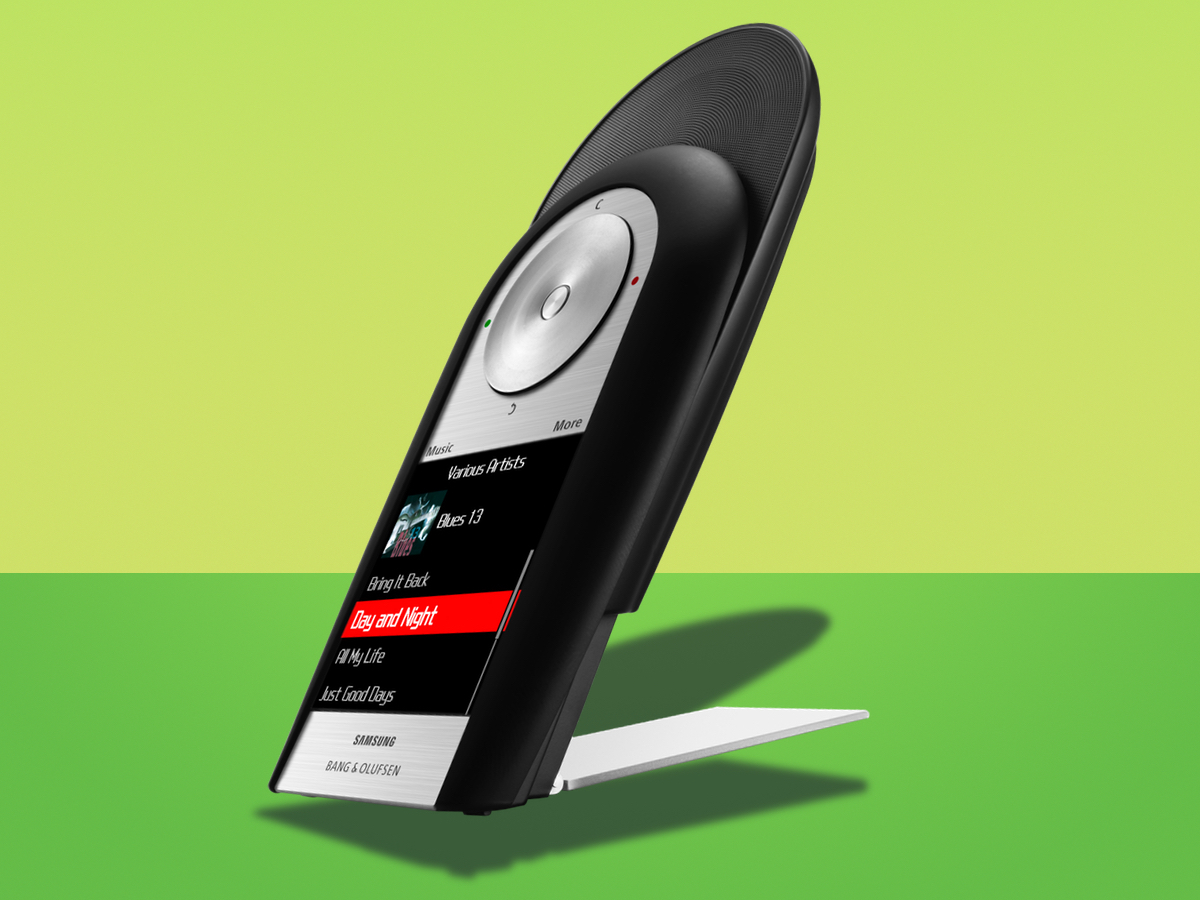
Why bring it back? To turn the smartphone world on its head
The iPhone wasn’t the only smartphone to launch in 2007. We also had the Serenata, the lovechild of a fling between Samsung and high-end hi-fi brand Bang & Olufsen.
Unsurprisingly, it was focussed on music, with built-in hi-fi-quality speakers and a pair of B&O headphones bundled in the box. But the real draw? The iPod-style click wheel that you used to scroll through songs.
Unfortunately, this made it look like it was designed upside down. But it was definitely different. And with hi-res audio available on more smartphones, isn’t it time B&O got back into mobiles?
Nokia 7600 (2003)
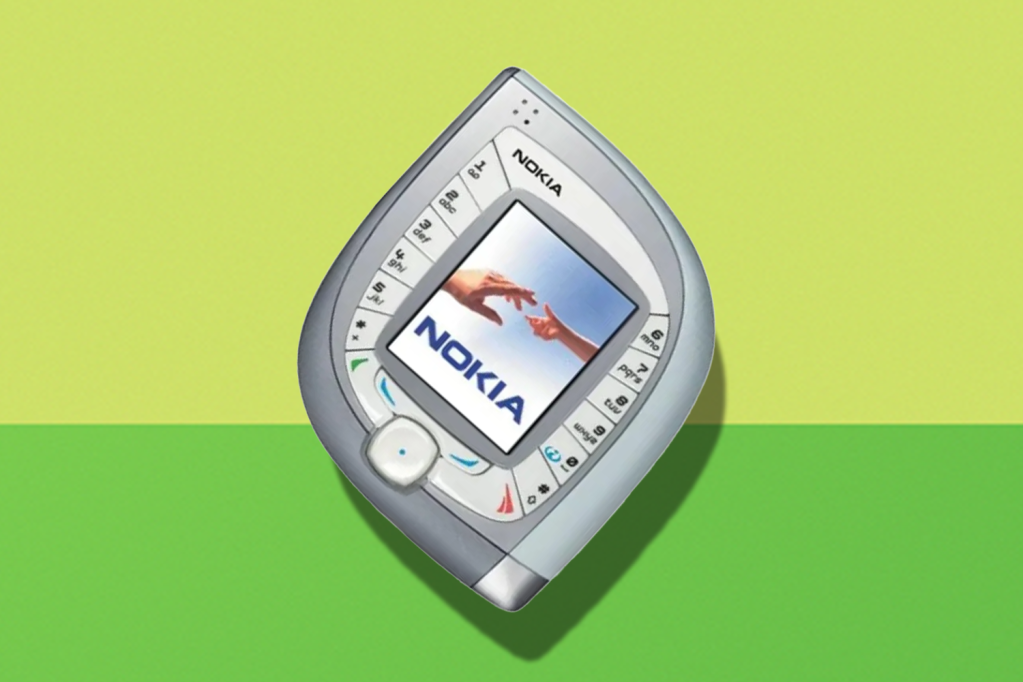
Why bring it back? Nokia may have flew a little too close to the sun when it came to the Nokia 7600.
The handset was square, which confused many consumers in 2003. The buttons surrounded the primary screen, which made texting ‘WUU2? PLZ TB XXX’ to your school crush kinda awkward. The display resolution came in at an impressive 128×160 pixels, though, which made that background image of S Club 7 really pop.
So, why bring it back? Well, the Nokia 7600 truly personifies what the past thought the future would look like but was largely a misfire by Nokia. But times have changed. Twenty years ago, phones mostly needed to be small and rectangular. Now, we’ll cram any 7in tall blower into our pockets. Practicality is history. Bring back the block!


